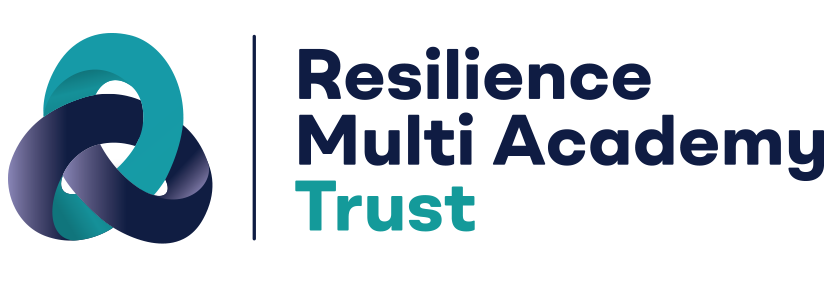KS4 Mathematics
For Maths, we will achieve this by ensuring: That all UTC Leeds students are confident problem solvers that can apply mathematical concepts to real-life situations, and demonstrate resilience in their approach.
Overview
All students in years 10 and 11 study GCSE Mathematics. Mathematics is the cornerstone of engineering and pervades all subjects taught at the UTC. Across Key Stage 4, mathematics fosters and develops students’ resilience and problem-solving, two employability skills typified by successful engineers. The focus in the mathematics curriculum is on mastering the mathematical knowledge and then being able to apply that knowledge to both calculator and non-calculator GCSE questions including multi-stage problem solving questions. Students who do not gain a 4 in Mathematics at the end of year 11 will re-sit mathematics GCSE in year 12/13, following the course described below.
Our Maths curriculum is broken down into ‘non-negotiables’ – the vital areas that a student needs to master in that subject. These non-negotiables underpin the learning throughout the duration of the study and our students understand that after developing competency in each strand, they will aim to develop mastery in each. The learning is coherently sequenced across the 4-year plan and mapped cross-curricular, and our sequence of learning plans specifies which non-negotiables are the learning foci and/or the knowledge that students will gain.
Mathematics GCSE (1MA1) Higher or Foundation
Exam board: Edexcel/Pearson
Year 10
Students learn how to:
- Use number, including factors and multiples, rounding and estimation, fractions, ratio, percentages and surds.
- Use algebra, including expanding brackets, factorising, solving equations, nth term and straight line graphs.
- Use geometry, including area and volume, transformations, congruence, similarity, angles and bearings and Pythagoras’ theorem and trigonometry.
- Use data handling, including sampling, bias, averages and measures of spread, charts and probability.
Year 11
Students learn how to:
- Use number, including fractional and negative indices, surds, further percentages, compound interest, iterative methods and revision of year 10- topics.
- Use algebra, including solving equations, expanding, factorising and solving and using quadratic equations, transformations of graphs, inequalities of graphs and simultaneous equations.
- Use geometry, including Pythagoras’ theorem and trigonometry in 3D, volume and surface areas of cones, spheres and cuboids, loci and circle theorems.
- Use data handling, including tree diagrams, Venn diagrams, probability, histograms, frequency diagrams, cumulative frequency diagrams and comparing box-plots.
Staff and Contact Details
- Subject Leader: Karla Bennett – [email protected]
- Assistant subject leader: Dan Russell – [email protected]
- Tim Smeaton, Assistant Principal – [email protected]
- January Sambrook, Teacher of Maths – [email protected]
- Robert Hunt, Teacher of Maths – [email protected]
- Nick Waights, Teacher of Maths – [email protected]
Useful Links
- www.corbettmaths.co.uk Excellent revision resources with no login needed.
- www.drfrostmaths.com Powerpoints, past papers and interactive questions
- www.physicsandmathstutor.com Past papers and more revision materials

